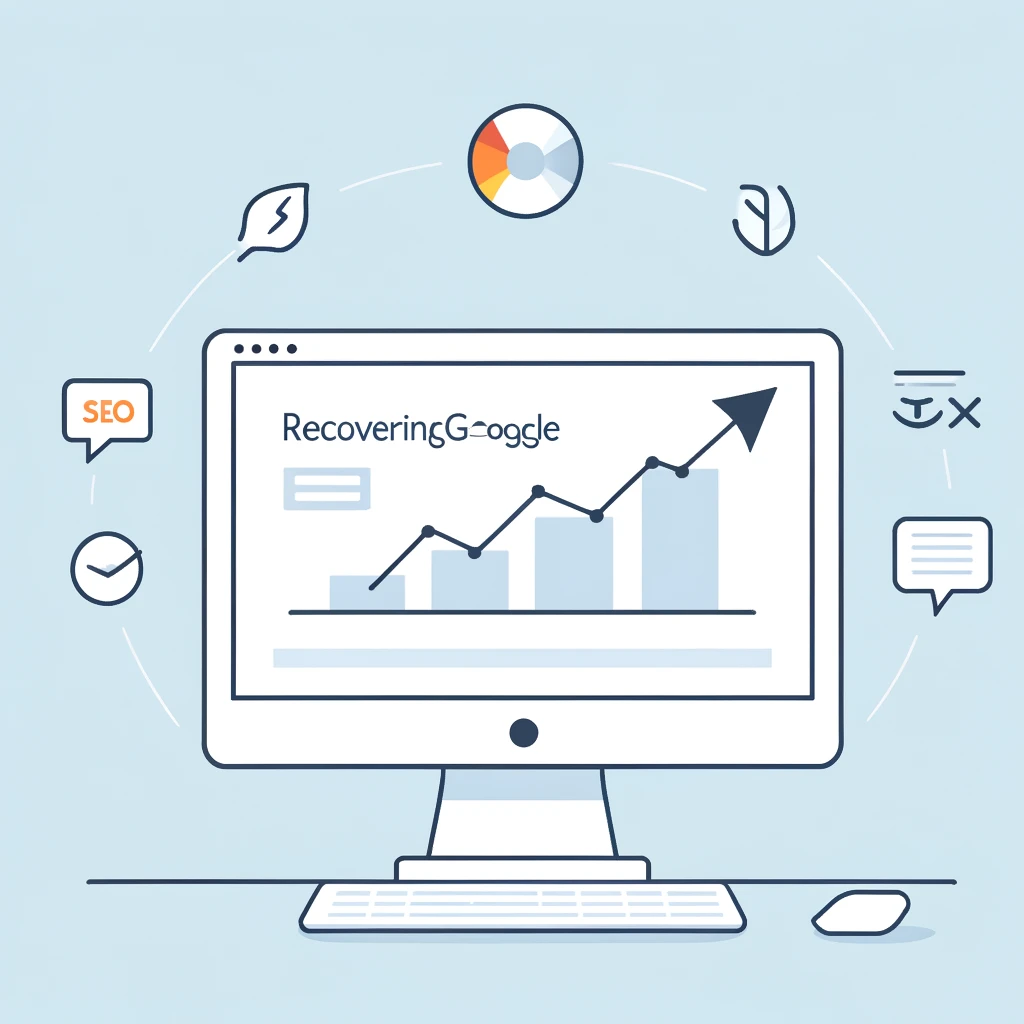In the modern business landscape, digital transformation is reshaping industries by integrating advanced digital technologies into traditional business models. This transformation process is revolutionizing the way businesses operate, deliver value to customers, and streamline operations. Transformation technologies are at the core of this shift, enabling businesses to embrace new methodologies that enhance efficiency, accessibility, and competitiveness. Whether in manufacturing, human resources, or telecommunications, digitalization and automation digitalization are driving transformational changes that lead to better decision-making, improved customer engagement, and business growth. In this comprehensive article, we will explore the concept of digital transformation, its importance, its impact on business processes, and the challenges companies face as they navigate this journey.
Contact with IT SERVICES provider Company for Digital Transformation.
1. Definition of Digital Transformation
Digital transformation refers to the process of integrating digital technologies in business into every facet of a company, fundamentally altering how it operates and delivers value to its customers. This shift goes beyond simply adopting new tools or systems; it’s about implementing a digitalization framework that redefines operations, enhances customer interactions, and drives business innovation. The goal is to drive digital adoption across an organization, improving performance and accelerating growth.
The transformation also integrates cloud computing digital transformation solutions, streamlining workflows and data management for better decision-making. As businesses begin to digitize information and enhance their technological capabilities, they unlock new opportunities for innovation, collaboration, and scaling operations. The adoption of transformation solutions is crucial for staying competitive, particularly in sectors such as manufacturing (digital manufacturing transformation), telecommunications (telco digitalization), and even customer digital experiences.
2. Importance in Modern Business
In today’s business world, digital transformation in organizations is not optional—it’s essential for survival. With the rise of the internet, mobile devices, and social media, customer expectations have shifted, and businesses are increasingly under pressure to keep up. Transformation in SAP and IT digitalization has become a critical strategic move for businesses to streamline processes and drive growth. The modern customer expects convenience, personalization, and instant access to services and products, all of which are facilitated by digital technologies.
For businesses today, strategy transformation is necessary to remain competitive in a digital-first world. Companies that fail to adapt will risk falling behind. By embracing digital innovation company principles, businesses can streamline their operations, improve efficiency, and deliver a more seamless experience to their customers. Moreover, digital transformation models allow businesses to leverage data effectively, enabling them to make informed decisions that keep them competitive in an evolving market.
3. Improved Data Collection
A significant benefit of digital transformation is the ability to collect vast amounts of data. Through digital systems, businesses can gather data from a variety of sources—such as customer interactions, transaction history, and online behaviors—which provides deep insights into customer behavior and business processes.
With data digital transformation, companies can analyze customer data in real-time, enabling them to anticipate customer needs and offer tailored solutions. For instance, e-commerce platforms use transformation solutions to track customer browsing habits and recommend products based on individual preferences. These insights drive smarter marketing strategies, improved product development, and better customer service.
Additionally, with digitalization of data, businesses gain the ability to process and analyze information faster and more accurately, enhancing decision-making at every level of the organization. This ability to gain insights into customer behavior helps businesses improve service delivery, ensuring that they meet customer expectations.
4. Greater Resource Management
Another key benefit of digital transformation is better resource management. Transformation architecture centralizes resources and information, making them accessible through digital systems. This consolidation leads to more efficient workflows, better coordination between teams, and more effective decision-making.
For example, businesses can implement enterprise resource planning (ERP) systems to manage everything from inventory to human resources in real time. By digitalizing HR and adopting digital HR solutions, companies improve employee engagement, streamline talent management, and enhance recruitment efforts, contributing to overall organizational efficiency.
Moreover, digital transformation in the business environment encourages organizations to adopt smarter resource allocation strategies, ensuring that they can scale operations without wasting resources. These systems also foster collaboration and transparency, promoting a more unified approach to problem-solving.
5. Enhanced Customer Insight
In the age of digital transformation, customer digital interactions are crucial to building long-term relationships. Digital analytics tools allow businesses to gain a deeper understanding of customer preferences and behavior. This understanding enables companies to create more personalized experiences and improve their offerings, leading to increased customer satisfaction and loyalty.
Through AI-driven customer insights, businesses can predict customer needs and behavior, allowing for better-targeted marketing campaigns. This data digital transformation empowers companies to deliver the right messages at the right time, ultimately driving conversion rates and increasing sales. For example, IKEA’s digital transformation uses data to optimize inventory management and improve product offerings, ensuring that customers always find what they need when they visit the store.
6. Better Customer Experience
Today’s consumers expect seamless service and convenience, whether they interact with a brand online or offline. Digital transformation in the workplace plays a significant role in meeting these demands. By integrating new technologies and improving service delivery through digitalization and automation, businesses can offer faster and more personalized customer experiences.
For example, project management digital transformation tools enable teams to track customer requests and respond quickly. AI-powered chatbots and virtual assistants also play a critical role in providing real-time customer support, even after business hours. Digital transformation and AI are now key to offering a streamlined experience that delights customers and encourages repeat business.
7. Increased Agility
Agility is a crucial factor in today’s business environment, where change is constant. Digital transformation and agile methodologies enable businesses to become more flexible and adaptive to shifting market conditions, customer needs, and emerging trends. Through cloud computing digital transformation, businesses can scale their operations rapidly, responding to demand changes in real time.
By adopting transformation technologies, organizations can pivot quickly, whether it’s launching a new product line, entering a new market, or adopting a new business model. Transformation in the workplace also includes adopting tools that enhance team collaboration and help businesses remain agile, ensuring they are always prepared to meet the next challenge.
8. Encourages Digital Culture
As businesses implement transformation solutions, they foster a culture of digital adoption and innovation within their workforce. Employees are encouraged to learn and adopt new technologies, experiment with digital tools, and push the boundaries of what is possible. This cultural shift is essential for driving sustained growth in the digital age.
Through human resource digital transformation, companies can also ensure that employees are equipped with the right skills and tools to succeed in a digital-first world. This approach not only empowers employees but also drives productivity and collaboration across the organization.
9. Improved Profitability
Businesses that undergo digital transformation and agile initiatives often see improved profitability. By automating digitalization and optimizing operations, organizations can reduce costs, streamline workflows, and improve overall efficiency. Digital tools also help businesses optimize pricing strategies, reduce waste, and improve supply chain management, contributing to better profit margins.
For example, Bosch digital solutions in manufacturing help companies optimize production lines, leading to lower operational costs and higher output. Digital transformation in engineering enables companies to design products faster and more efficiently, further improving profitability.
10. Enhanced Decision Making
One of the primary advantages of digital transformation is the ability to make more informed and accurate decisions. With real-time data and digital technologies, business leaders can access critical insights that guide decision-making. Advanced analytics and business intelligence tools provide a deeper understanding of market trends, customer preferences, and operational performance, allowing for faster, data-driven decisions.
Moreover, digital transformation models allow organizations to visualize data in ways that were previously impossible, helping leaders identify new opportunities, mitigate risks, and make strategic decisions based on solid evidence.
11. Boosts Productivity
Automation is at the heart of digital transformation, and it plays a pivotal role in boosting productivity. By automating routine tasks such as data entry, customer service inquiries, and reporting, businesses can free up valuable employee time for more complex and value-added activities. RPA digital (Robotic Process Automation) tools enable businesses to handle repetitive tasks without human intervention, increasing overall productivity.
In the transformation communications sector, for example, digital innovation solutions can automate processes related to customer onboarding, billing, and service updates, reducing manual errors and improving operational efficiency.
12. Cybersecurity Enhancement
As digitalization increases, so does the risk of cyber threats. Digital transformation and culture require businesses to adopt robust cybersecurity measures to protect sensitive data and systems. By implementing advanced security technologies, businesses can safeguard their operations against malicious attacks and protect both internal and customer-facing data.
Transformation governance ensures that these security measures are part of an organization’s strategic initiatives, mitigating risks and ensuring compliance with regulatory requirements. As businesses adopt digital technologies, they must prioritize security to protect their intellectual property and customer trust.
13. Cloud Computing Integration
Cloud computing digital transformation is a fundamental aspect of the digital transformation journey. It allows businesses to access scalable, cost-effective data storage and computing resources, eliminating the need for expensive on-premise infrastructure. With cloud services, businesses can easily scale operations, collaborate more effectively, and access real-time data from anywhere.
In addition to the operational benefits, cloud computing digital transformation helps businesses reduce their carbon footprint by utilizing energy-efficient data centers and cutting down on hardware requirements. This is in line with sustainable business transformation principles, where companies seek to integrate eco-friendly solutions into their operations.
14. Mobile-First Approach
A mobile-first approach is essential for businesses to stay competitive in today’s digitalization and automation-driven world. With more customers using smartphones and tablets to interact with brands, businesses must ensure their services are optimized for mobile devices. Customer digital strategies that prioritize mobile accessibility offer a better user experience, leading to higher customer satisfaction and engagement.
By investing in mobile solutions, businesses can extend their reach to a wider audience, particularly in regions where mobile devices are the primary means of internet access.
15. Use of AI and Machine Learning
AI and machine learning are integral components of digital transformation. By leveraging these technologies, businesses can predict trends, automate complex processes, and gain profound insights into customer behavior. These tools allow businesses to optimize operations and improve decision-making in ways that were once unimaginable.
Petronas digital solutions, for example, harness AI to optimize energy management and reduce environmental impact, while Bosch digital solutions use AI to enhance manufacturing efficiency and product quality. These technologies enable businesses to stay ahead of the competition and meet customer demands more effectively.
Conclusion
Digital transformation is not just a technological shift; it is a transformation in the workplace, culture, and business models that enables companies to thrive in the digital age. From cloud computing and AI-powered analytics to automation digitalization and digitalization of data, businesses that embrace these technologies will be better positioned for long-term success. However, navigating the transformation architecture requires careful planning, investment, and a commitment to innovation. By adopting digital transformation models and leveraging transformation solutions, companies can overcome challenges, unlock new opportunities, and remain competitive in an increasingly digitalized world.






